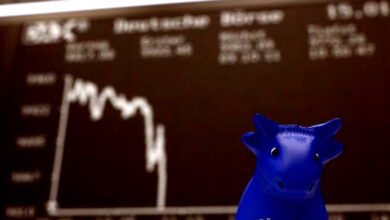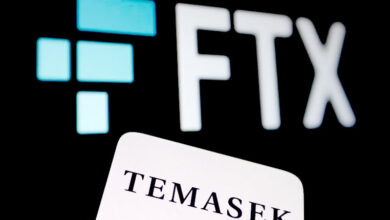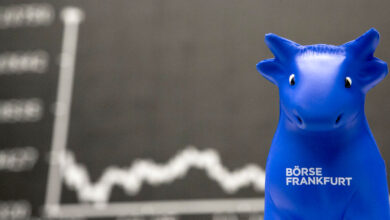“Surprise British Retail Sales Boost; European Stock Futures Dip”

Concerns over the banking crisis and slowing economic growth are expected to cause European stock markets to open lower on Friday. The DAX futures contract in Germany traded 0.4% lower, the FTSE 100 futures contract in the U.K. fell 0.6%, while CAC 40 futures in France traded largely unchanged. Although the European banking sector has shown signs of stability this week, smaller regional U.S. banks resumed selling on Thursday. Borrowing at the Federal Reserve’s discount window was a hefty $110.2 billion as of Wednesday, and lending from the Fed’s new Bank Term Funding Program ballooned to $53.7B, while loans to foreign central banks surged to $60B. Central banks are continuing their clamp down on inflation, likely weighing on economic activity, as the Bank of England and the Swiss National Bank both hiked interest rates again on Thursday, following last week’s European Central Bank hike. Citigroup cut its target for the Stoxx 600 index, expecting the benchmark to end the year at 445 points. ECB President Christine Lagarde is set to speak at the European Council meeting later in the session, while European PMIs will be studied carefully as they could have a bearing on monetary policy and markets.
On the positive side, U.K. retail sales rose a stronger-than-expected 1.2% on the month in February, which translated into a drop of 3.5% on an annual basis. Oil edged higher on Friday, ending a largely positive week on the up, despite U.S. officials expressing caution over the length of time it would take to refill the country’s Strategic Petroleum Reserve, which has fallen to a near 50-year low. U.S. crude futures traded 0.5% higher at $70.32 a barrel, while the Brent contract climbed 0.5% to $76.25. Both crude benchmarks are still on track for a weekly gain of about 3%-4%, recovering from their biggest weekly declines in months last week as the banking sector exacerbated worries about a possible recession. Additionally, gold futures fell 0.3% to $1,990.55/oz, while EUR/USD traded largely flat at 1.0831.





